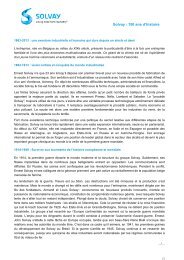solvay_live243_p02a04 somEdito
solvay_live243_p02a04 somEdito
solvay_live243_p02a04 somEdito
Create successful ePaper yourself
Turn your PDF publications into a flip-book with our unique Google optimized e-Paper software.
Dossier SolvayInnovationTrophy2006<br />
30<br />
Under its slogan “We make it visible”, Carl Zeiss, known<br />
worldwide for its high quality optical equipment, brings<br />
into sharp focus its corporate objective of making<br />
everything that exists visible to the human eye.<br />
Seeing everything, even the naturally invisible?<br />
An earth-shuddering ambition.<br />
Today Carl Zeiss leads the world in precision optics<br />
and high tech instrumentation. But it has been a<br />
struggle getting there. Created in Jena in 1846 by<br />
Carl Zeiss, who was joined in turn by physicist Ernst<br />
Abbe and chemist Otto Schott, the company started manufacturing<br />
microscopes. It grew rapidly and gained remarkable<br />
fame. But the Second World War dealt it a hard blow. First its<br />
Dresden plant was badly bombed, then the company was cut<br />
in two with the creation of the two Germanies. In the East,<br />
the Zeiss and Schott factories became the state-owned “VEB<br />
Carl Zeiss Iena”. In the West, where 126 scientists were transferred<br />
to the American occupation zone, the “Optische Werke<br />
Oberkochen” continued its activities. Each lived its own life<br />
for 40 years. But with the fall of the Berlin wall and the reunification<br />
of the two Germanies the unimaginable happened: the<br />
separated couple remarried again. The reunification of the two<br />
companies, in fact a forced repurchase of the eastern company<br />
by the western company, required an integration effort<br />
and financial commitment which brought the latter to the verge<br />
of bankruptcy. A few years on, however, Carl Zeiss has<br />
recovered its former lustre. Better than that: with over<br />
Optics focused on the future: mirror system<br />
for the sample of an EUV (Extreme<br />
Ultra Violet) exposure system for upcoming<br />
chip generations.<br />
Innovation<br />
a driver for growth<br />
10 000 employees worldwide and sales topping EUR 2.2 billion,<br />
it is again a world leader in its sector. But this success did not<br />
come about just like that.<br />
Innovation and customer focus<br />
In the late 1990’s, close to bankruptcy and fighting for its corporate<br />
survival, Carl Zeiss undertook a fundamental reorganization.<br />
Management was radically overhauled and three new board<br />
members were appointed. Their first action was to offer a vision,<br />
an enterprise mission in which innovation took pride of place.<br />
“We continue to challenge the limits of man’s imagination”, this<br />
vision states. “We will be regarded as the most innovative company<br />
in our field of business”. Innovation and technical excellence<br />
are one of seven core values at the heart of Carl Zeiss’s mission.<br />
And these are more than fine-sounding words. 10% of company<br />
revenues are earmarked for research and development. True,<br />
this may be less than in some other industry sectors. “But even<br />
so it is considerably more than our competitors invest”, Group<br />
Quality Officer Thomas A. Louis tells us. “Innovation has always<br />
been the bedrock of Carl Zeiss's growth from day one. We are


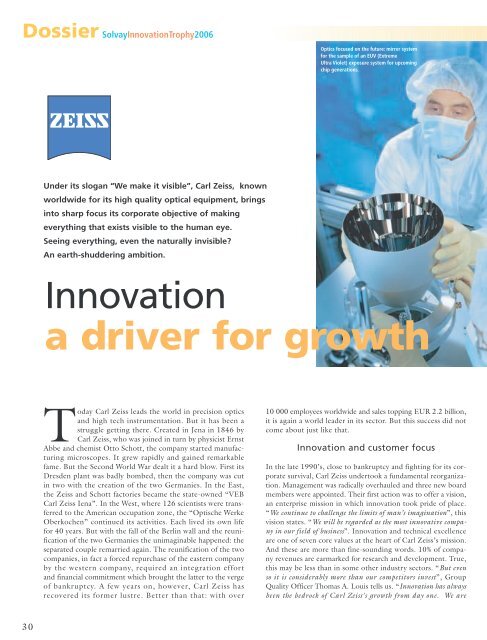


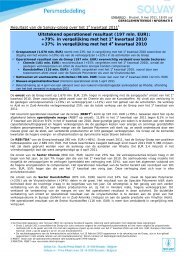

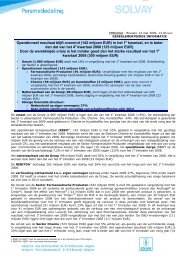


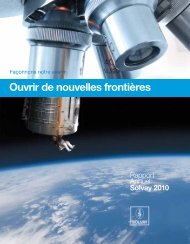
![PROC.1 [LETTRE] - Solvay](https://img.yumpu.com/16585746/1/184x260/proc1-lettre-solvay.jpg?quality=85)
